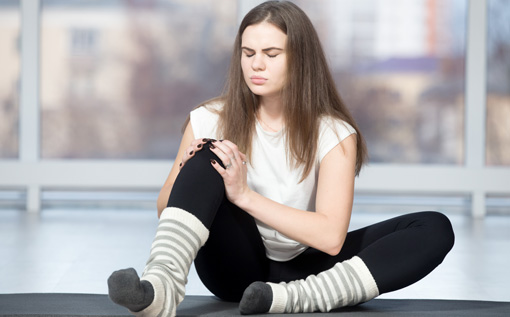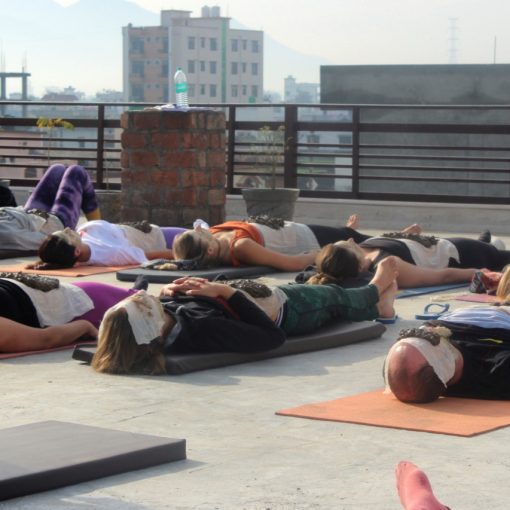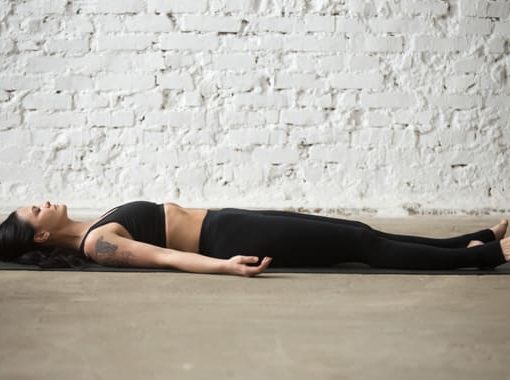In a restorative yoga practice, the attention isn’t on extending but on delivering instead. We discharge pressure in the muscles and tenderly stimulate the organs through held postures intended to provide support. Restorative yoga permits us to relearn the specialty of unwinding while at the same time building up the abilities and capacities to self-alleviate. It improves our mending limit by assisting us with directing the pressure reaction and re-balancing the sensory system. This is why Restorative Yoga is a part of the Yoga teacher training course.
Restorative Yoga and Your Nervous System
Restorative yoga builds a support system for our sensory system. The training assists us with reinforcing our association with the Parasympathetic Nervous System. The Parasympathetic Nervous System is a part of our Autonomic Nervous System, the framework that controls involuntary functions in the body like our pulse. At the point when we are in conditions of pressure, or what is frequently named “Fight or flight,” we are in a raised Sympathetic state. Interestingly, during times of rest and recuperation, we are in a raised Parasympathetic state.
It is significant that we can get to both of these states. A specific degree of stress can be solid and can go with really tiring tasks like going after another job, asking somebody out, or talking before an enormous crowd. When stress becomes constant we begin to encounter irregularity in our body that can unfavorably influence our general wellbeing with chances of issues like helpless processing, hormonal imbalance, Tiredness, or disturbed rest.
Restorative yoga can help us reconnect with our Parasympathetic Nervous System and build our capacity to move between conditions of pressure and rest without breaking a sweat. By assisting us with learning to unwind, restorative yoga can diminish the building of stress chemicals (cortisol and adrenaline), improve the capacity of our insusceptible framework, decrease muscle strain, assist with a sleeping disorder, thus numerous other imperative advantages.
Following tips are given in the 200 Hour Yoga Teacher Training in India for Restorative Yoga Practice:
Find someplace calm. Noisy or unexpected sounds may frighten you, which can release you from unwinding and into a Sympathetic state.
Have layers or covers to remain warm. As you loosen up more profoundly your body will begin to chill off. It is regular to require more layers or covers the more you practice.
Use an eye cushion or a scarf to cover your eyes. Obscurity can have a mitigating impact.
Try exploring different avenues regarding weight. In some cases having added weight can help us feel more secure. On the off chance that you have an obstacle, you could have a go at putting that tummy, or pelvis. You can likewise put a heavier blanket in any of these spaces.
Set a clock. On a normal day, it requires 10-15 minutes to prompt the unwinding reaction.
Having read through all these tips it is necessary that you join a course on Yoga in India to explore more on this form of Yoga.





